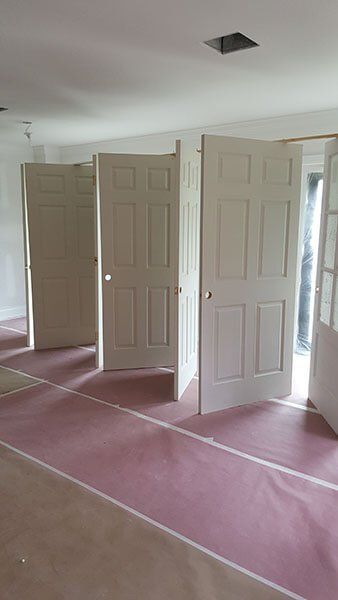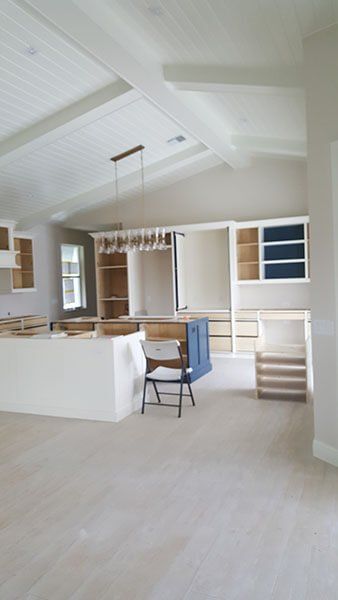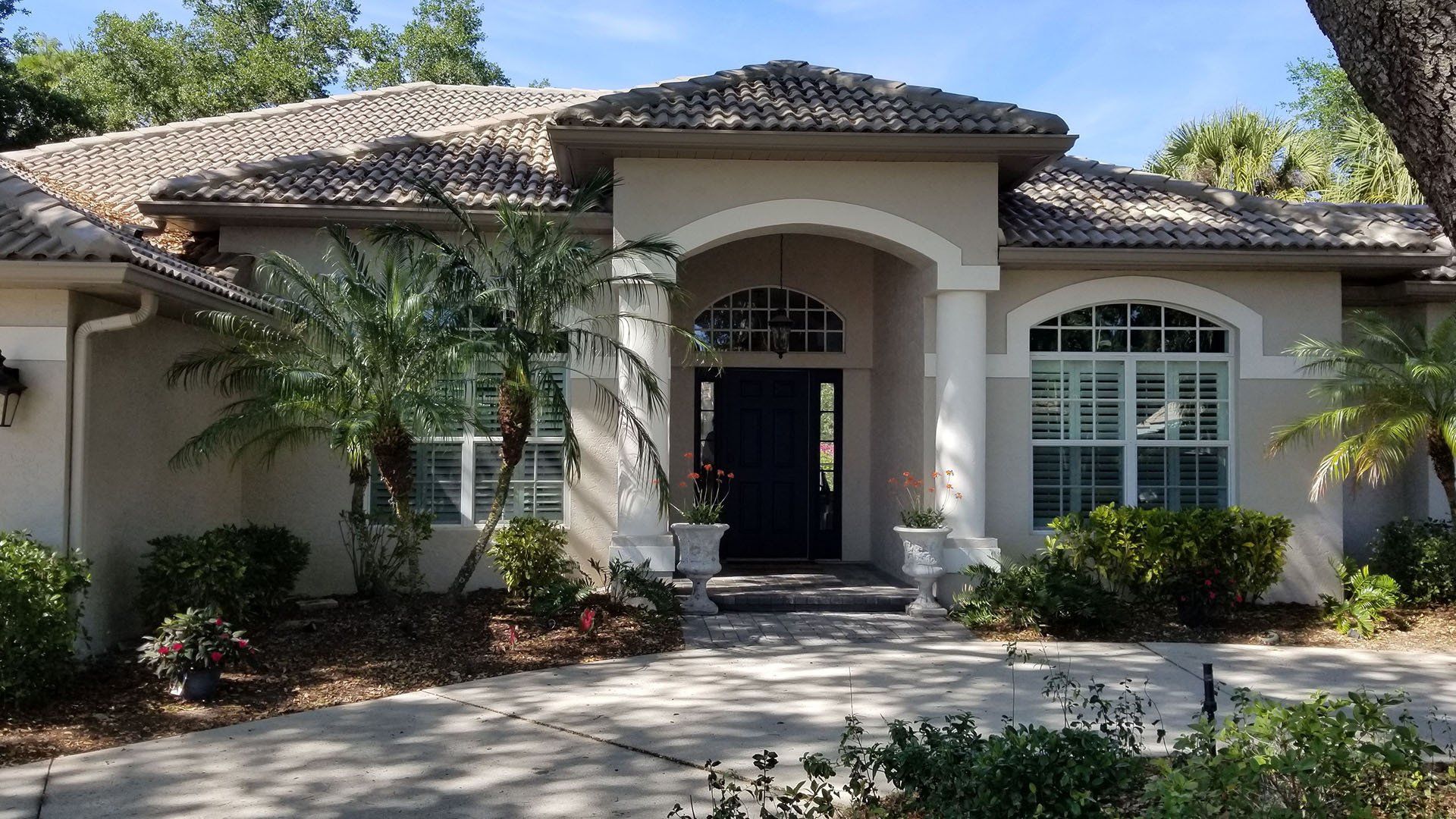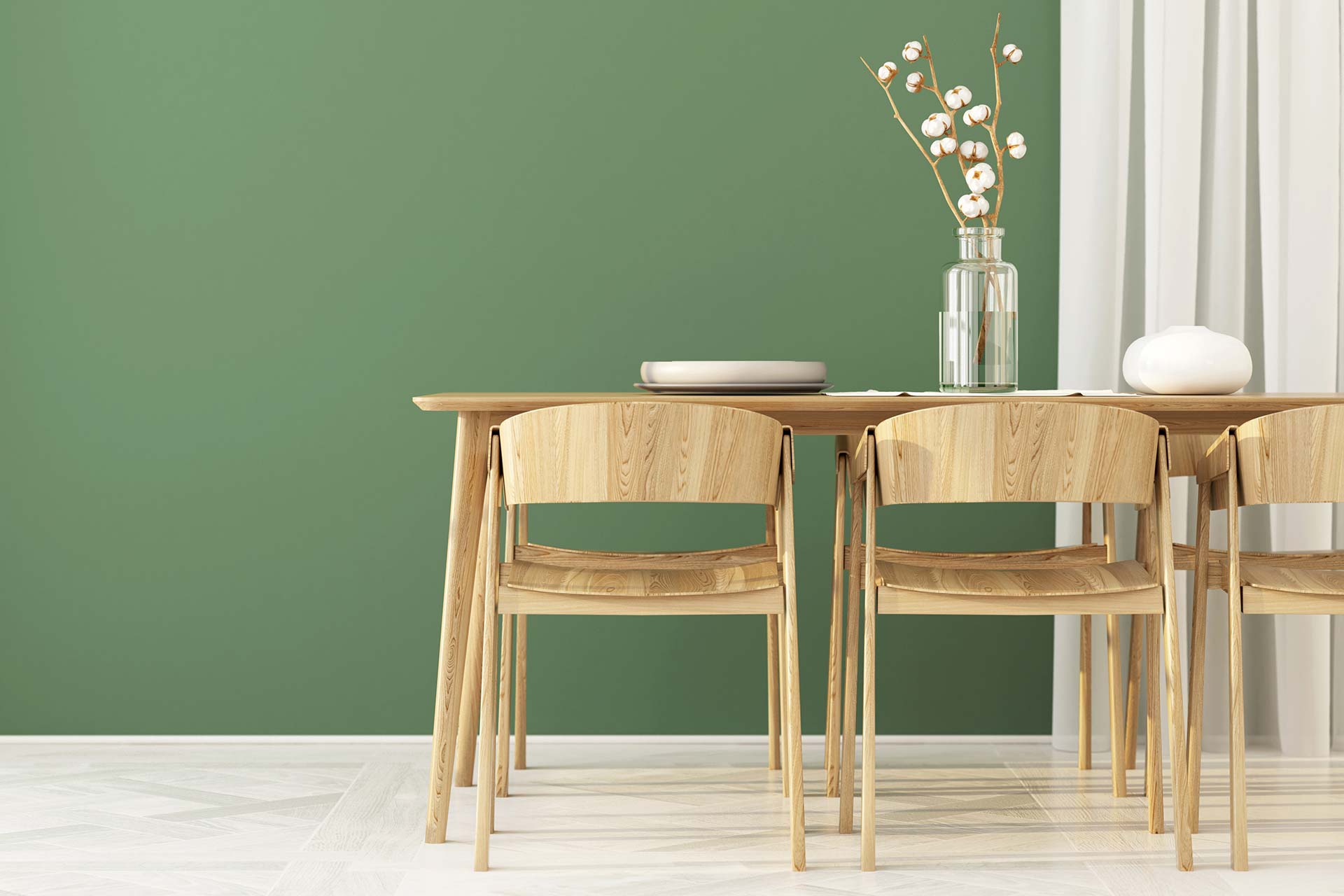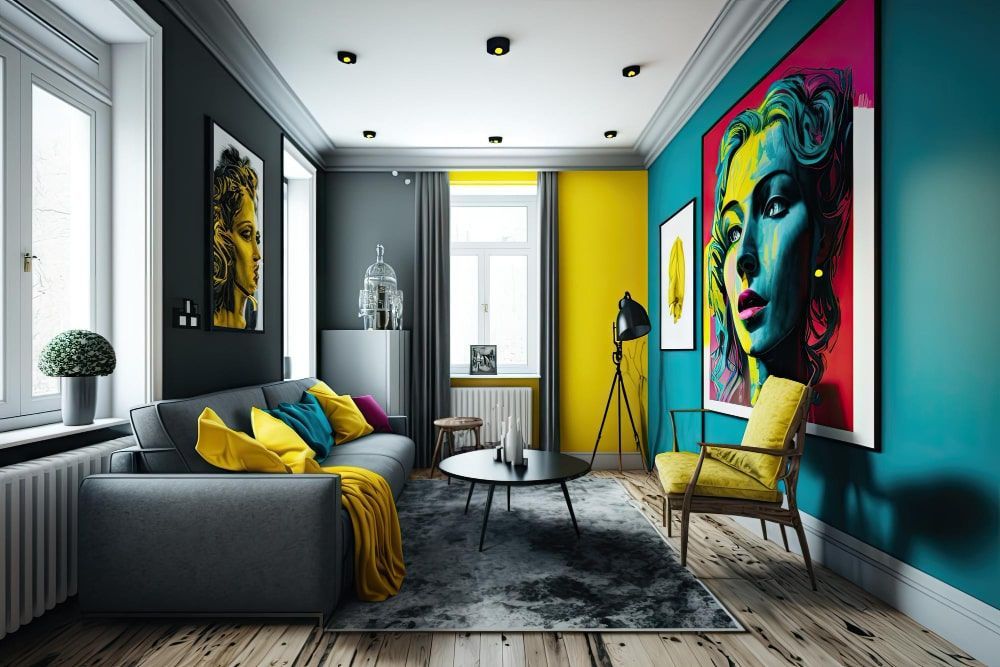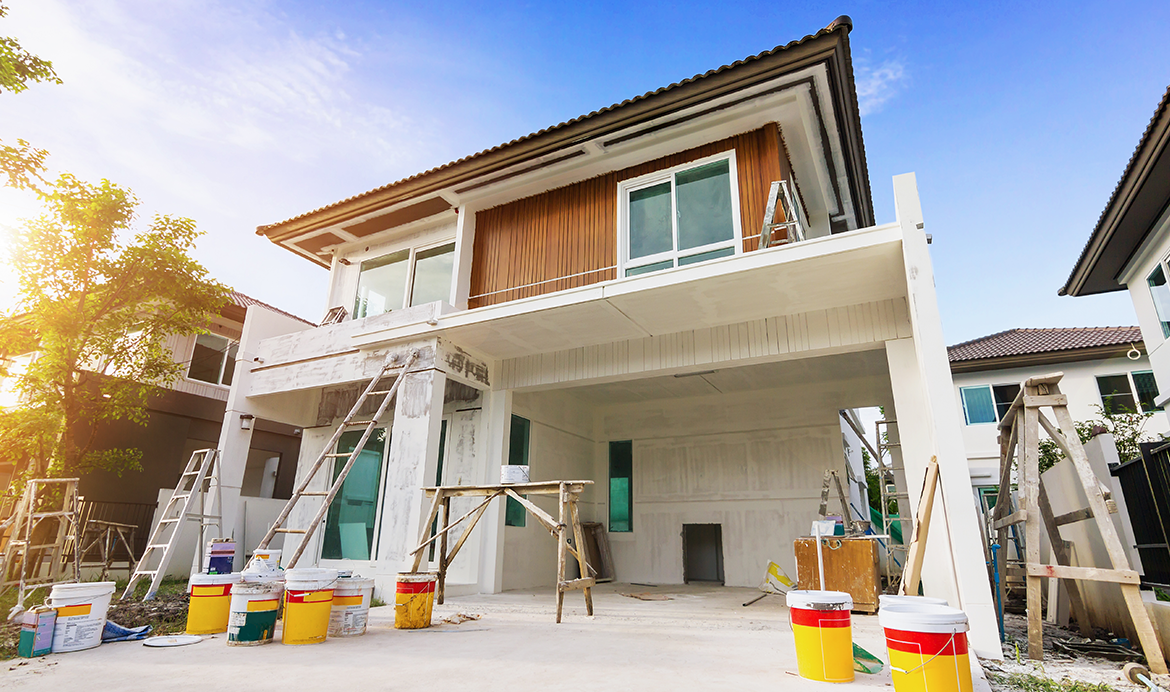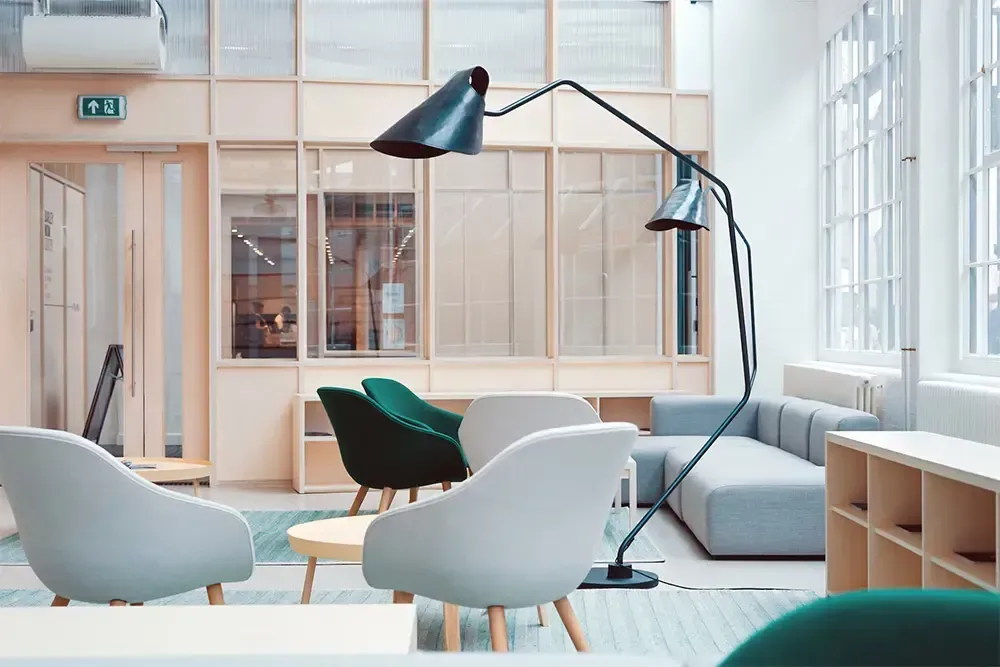How to Estimate Interior Painting Costs: Factors to Consider
Painting the interior of your home can be an exciting and refreshing experience. It can add a new life and a vibrant atmosphere to your living spaces. However, before you embark on an interior painting project, it is important to understand the cost involved. Estimating the cost of interior painting can be a tricky task, and it is essential to consider a variety of factors to ensure you have an accurate estimate of what it will cost you.
Factors to Consider When Estimating the Cost of Interior Painting
The size of the room:
The size of the room is one of the most important factors to consider when estimating the cost of interior painting. This is because larger rooms will require more paint, more labor, and more time to complete the job. As a result, the cost of painting a larger room will be higher than that of a smaller room. To accurately estimate the cost of painting a room, it is crucial to measure the room's size correctly. This will help you determine the amount of paint you will need, the number of labor hours required, and ultimately, the total cost of the project.
The quality of paint:
The quality of paint you choose is a crucial factor in estimating the cost of interior painting. High-quality paint may come with a higher price tag, but it can provide superior coverage, durability, and color retention, reducing the need for touch-ups and repaints in the future. On the other hand, low-quality paint may be less expensive initially but may require multiple coats and frequent touch-ups, ultimately leading to higher costs over time. To determine the most cost-effective option, consider the paint's quality, durability, and coverage, as well as its ability to withstand wear and tear.
Type of paint:
The type of paint you choose can also affect the overall cost of the interior painting project. There are various types of paint available, including oil-based, water-based, and latex-based paint. Oil-based paint is known for its durability and is often used for high-traffic areas, but it is also more expensive than other types of paint. Water-based and latex-based paint, on the other hand, are easier to clean up and have a lower VOC (volatile organic compounds) content, making them more eco-friendly. Understanding the different types of paint and their costs can help you make an informed decision about which one to use for your interior painting project.
The condition of the walls:
The condition of the walls is a crucial factor in estimating the cost of interior painting. If the walls are in good condition, it may only require a light sanding and cleaning before painting. However, if the walls have extensive damage or have not been painted in a long time, it may require more preparation work such as filling in holes, sanding, and priming. This preparation work can take a considerable amount of time and effort, resulting in higher costs. It is essential to inspect the condition of the walls before starting the painting project to ensure accurate cost estimates and avoid surprises during the project.
Labor costs:
The cost of labor is a critical factor to consider when estimating the cost of interior painting. Professional painters typically charge an hourly rate or a flat fee for the entire project. The amount of labor required will depend on various factors such as the size of the room, the condition of the walls, and the type of paint you choose. Some painters may charge more if they have to work around furniture or if there are challenging areas to reach, such as high ceilings or stairwells. It is essential to research and get quotes from different contractors to ensure you are getting a fair price.
The number of coats:
The number of coats is a crucial factor that affects the cost of interior painting. The number of coats required will depend on the quality of the paint, the condition of the walls, and the color of the paint you choose. Lighter colors typically require fewer coats than darker colors, and high-quality paint may require only one coat. On the other hand, lower-quality paint may require multiple coats, which can increase the overall cost. It is important to discuss the number of coats required with your contractor to get an accurate estimate of the total cost of the project.
The complexity of the design:
The complexity of the design: The more intricate the design you want to paint, the higher the cost will be. Intricate designs require more time, effort, and skill, which translates to increased labor costs. Therefore, it is crucial to have a clear understanding of the design you want and the cost implications it may have before embarking on an interior painting project. A simple design or solid color may be a more affordable option, while a more complex design may require a higher budget.
Preparation work:
Preparation work is a crucial factor to consider when estimating the cost of interior painting. Proper preparation ensures that the paint adheres correctly to the surface and that the finish is smooth and even. The preparation work required may vary depending on the condition of the walls and the type of paint used. Sanding, patching, and priming are common preparation steps that can add to the overall cost of the project. However, skipping these steps can lead to poor results and may require additional touch-ups in the future.
Furniture and fixtures:
When estimating the cost of an interior painting project, it's essential to factor in the cost of moving furniture and fixtures. This is because painters need space to work and may need to move items out of the way to avoid damaging them. Some painters may charge an additional fee for this service, which can increase the overall cost of the project. It's a good idea to discuss this with your painter beforehand to avoid any surprises on the day of the project.
Timing:
Timing refers to the time of year when the interior painting project is taking place. If you plan to paint during the spring or summer, expect to pay higher prices as these seasons are the busiest for painters. However, if you choose to paint during the fall or winter, you may be able to negotiate a lower price as there is less demand for painters during these seasons. It is important to consider timing when estimating the cost of your interior painting project.
Conclusion
Are you looking to refresh and brighten up your living spaces with a fresh coat of paint? If so, it's important to understand the costs involved before embarking on an interior painting project. Estimating the cost of interior painting can be challenging, but there are several factors to consider to ensure you have an accurate estimate of what it will cost you.
To estimate the cost of interior painting, you need to consider factors such as the size of the room, the quality and type of paint, the condition of the walls, the number of coats required, the complexity of the design, and the preparation work required. Additionally, you need to factor in the cost of labor, furniture and fixture movement, and timing.
Understanding these factors will help you make informed decisions about your interior painting project and help you avoid any surprises during the process. So, take the time to plan and budget accordingly to ensure that you get the best results for your investment. Don't hesitate to get quotes from different contractors to ensure you are getting a fair price. Get started on your interior painting project today!

